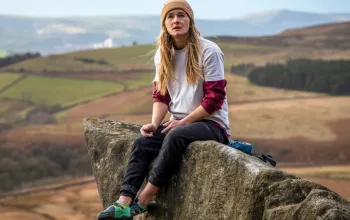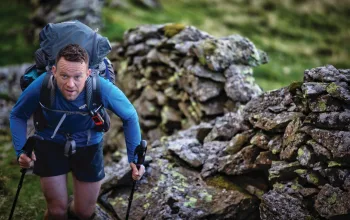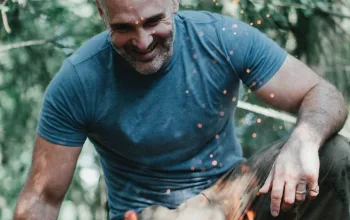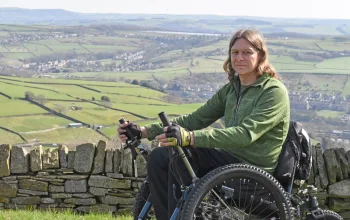Elsey Whyman-Davis made history earlier this year when she set a new winter record for the most famous challenge in fell running, the Bob Graham Round. The gruelling feat, which she completed on 6th January, involves scaling 42 Lake District peaks and covering a distance of more than 100km, with 8,500m of elevation—almost the height of Everest.
Whyman-Davis ran it in just 20 hours, 21 minutes and 42 seconds. Her accomplishment was made all the more impressive by the fact that she only took up fell running a few years ago, and until recently, was juggling training with her day job as an NHS doctor. We sat down to talk about the record, the challenges she faced, and why she loves the Lake District.
Active Traveller: What was it that first attracted you to the Lake District? How did you settle on doing the Bob Graham Round?
Elsey Whyman-Davis: I started going to the Lakes before I was a trail runner. My parents loved going there, so I went on family trips with them. I’d heard of the Bob Graham route, because it’s so famous, but I never really explored the fells properly because I was into road running. I had no idea how difficult it would be.
Just out of interest, I did leg one, from Keswick to Threlkeld, in 2020, and I completely underestimated it. It’s about 6,000 feet of climbing in 12 miles or so [1,800m in 19km] so it’s quite punchy. I think because I’d been road running, I just looked at the distance, rather than the elevation and the terrain, and I didn’t take enough food. I actually had a hypoglycemic attack halfway up Blencathra. I was lying down on the side of the mountain, and I didn’t know what was happening to me, because I’ve never had one of those before.
The descent is quite frightening as well, it’s Hall’s Fell Ridge, a narrow ridge with sheer drops either side. Going down that without much glucose isn’t much fun [laughs] But it was a useful lesson—it taught me not to underestimate the Lake District.
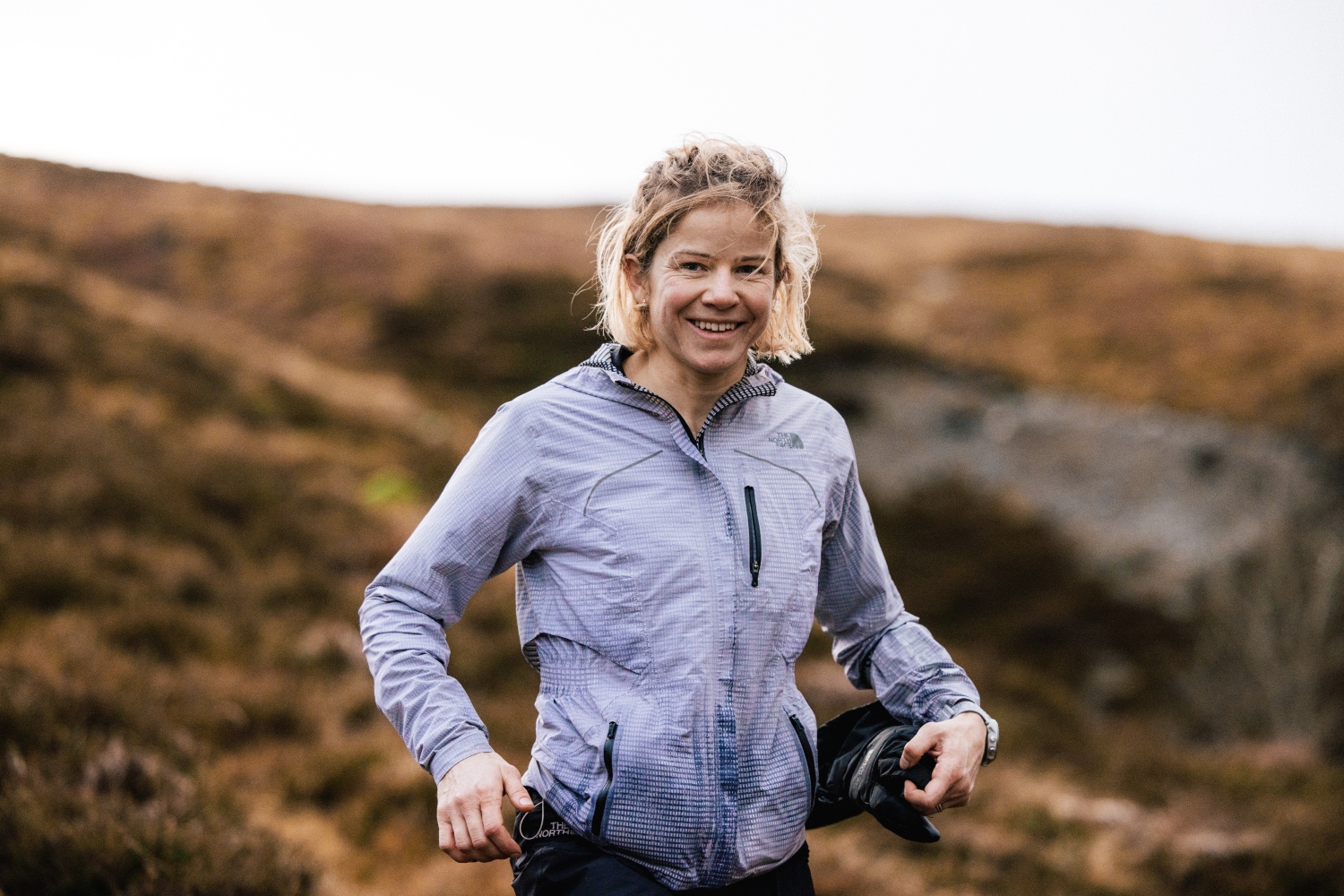
AT: That sounds scary. But there must be things that keep you coming back?
EWD: Yes, the remoteness of these mountains, and the fact they’re not always benign, are also what make them amazing. They’re still very unspoiled.
AT: What’s the best trail for when the weather’s good?
EWD: I think the Fairfield horseshoe, which goes from Ambleside. It’s a 10 mile [16km] loop. From the top you can see Helvellyn. I’ve never actually had it on a really beautiful day, but I’ve done it several times when I’ve had glimpses.
AT: Where would you go when it’s really muddy?
EWD: I use Skiddaw a lot to train on, because there are no muddy sections, even if it’s been wet for a long time.
AT: Do you have secret trails that you go to on busy weekends because you know they won’t be crowded?
EWD: There’s another horseshoe called the Kentmere horseshoe, which again, is a 10 mile [16km] loop. There are nice ridges, but they’re not too exposed and it’s a flowing, up-and-down route.
AT: What’s your favourite café to head to to refuel, and what would you eat there?
EWD: There’s a place called Chesters by the River, near Skelwith Bridge. It’s got great vegetarian food, and it’s always really fresh. It sounds rogue, but when I went there last, I had a kind of a curried cauliflower soup with focaccia, and it was one of the best things I’ve ever eaten.
AT: Where’s the best pub for post-run refreshment?
EWD: When I’m in the Lakes I’m normally on my own in my van, so I’m not always going to the pub. But there’s a place called the Drunken Duck, also not far from Skelwith Bridge, which is really good.
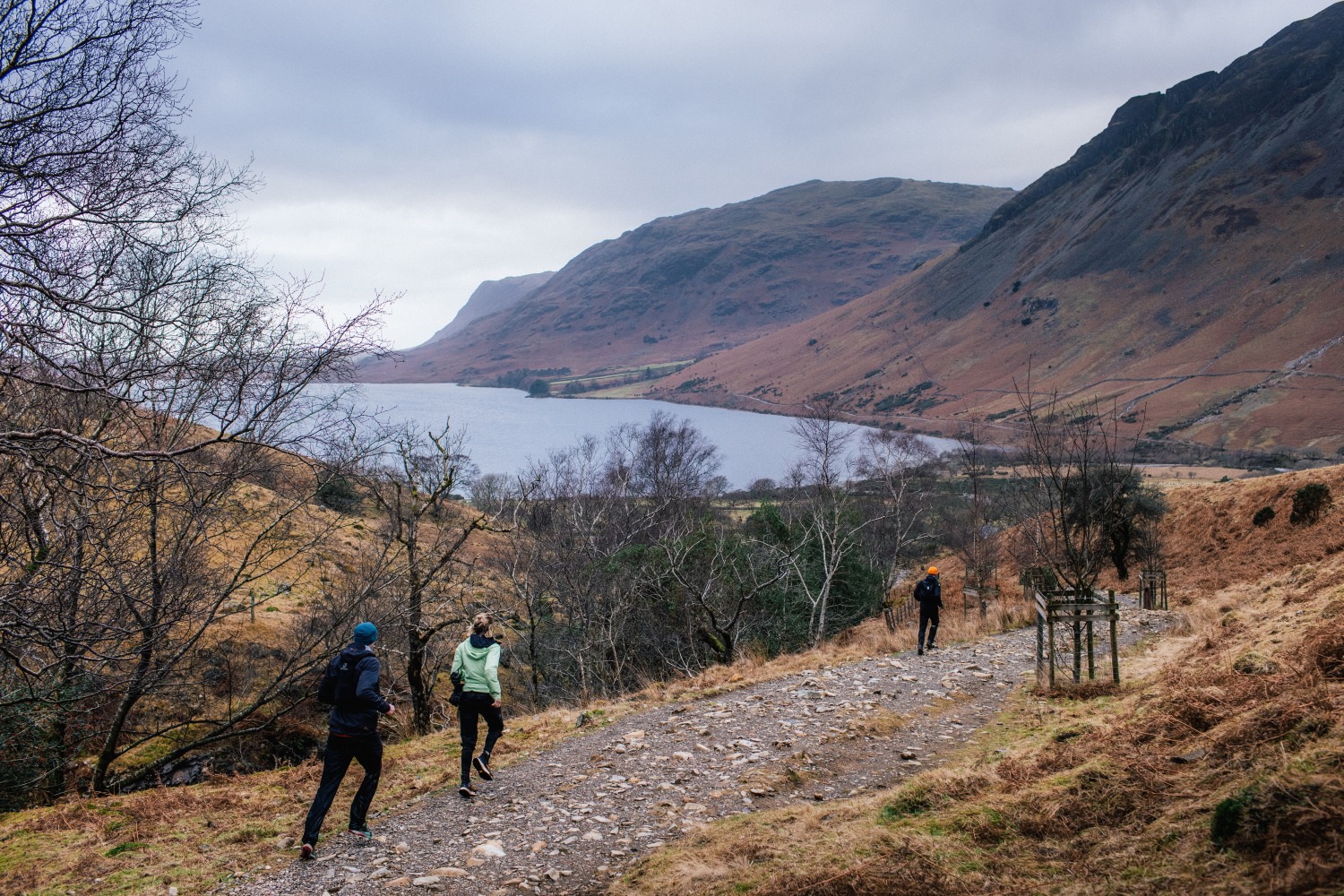
AT: You ran your record in January, but when would you say is the best time of year to visit the Lakes?
EWD: Don’t go in winter. [laughs] It’s a unique sort of person who actually likes going out in those conditions. I think probably April/May time is best, because you still get good weather, but it’s not as busy because people aren’t on school holidays. Either then or September, when you’re still getting some really good days and the ground’s dried out from the summer.
AT: Anything else should people know before visiting?
EWD: It’s important people don’t underestimate the Lake District. About six weeks before attempting the record, I wanted to practise running in the dark, and I had quite a scary experience where my head torch ran out of battery. My spare one was no good either, so all I had was my iPhone light, and it was at minus five. I was near Wasdale, which is really beautiful but really remote, and it was blowing a gale. My wife had to call Mountain Rescue.
In the end I got myself down before they showed up, but when I went back to that spot in the daylight, I realised how many sheer edges there were. At one point I was just going around in circles because I couldn’t find the path in the dark. So yeah, that was very frightening. Now when I go out, I always carry spare batteries for everything.
AT: Wow, that’s gnarly! Aside from spare batteries, what other gear do you swear by?
EWD: I use The North Face kit. I don’t actually believe in waterproof shoes when you’re running somewhere as wet as the Lakes in winter. The shoe I ran the record in was actually a prototype, but in a lot of my training, I use The North Face Vectiv Flight Guard, which is water resistant with a gaiter.






